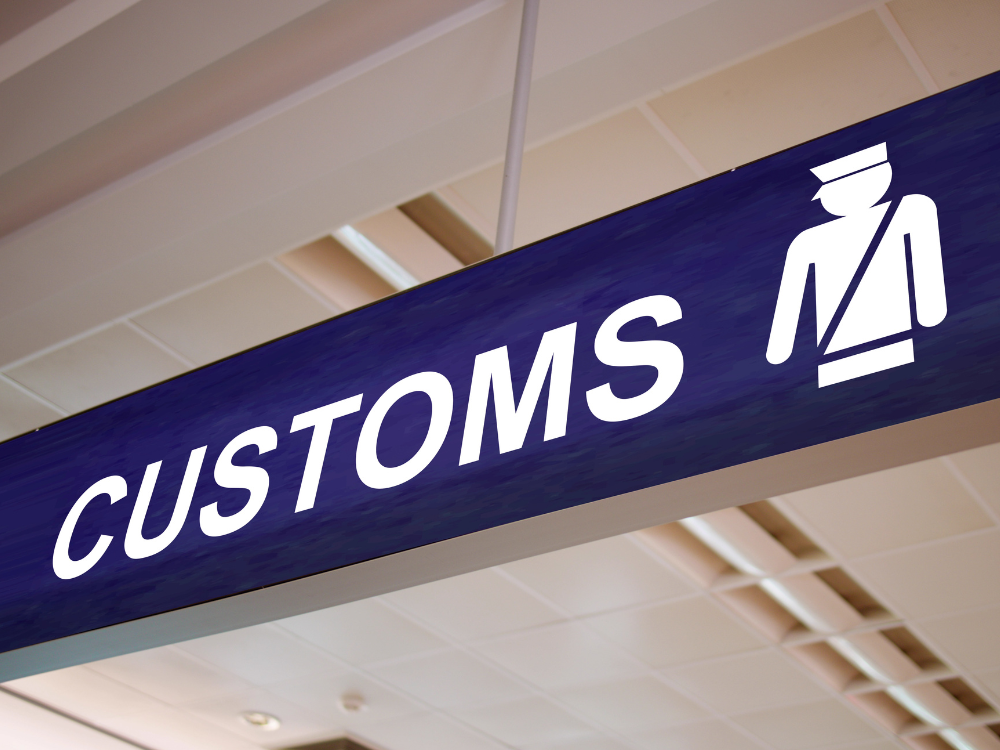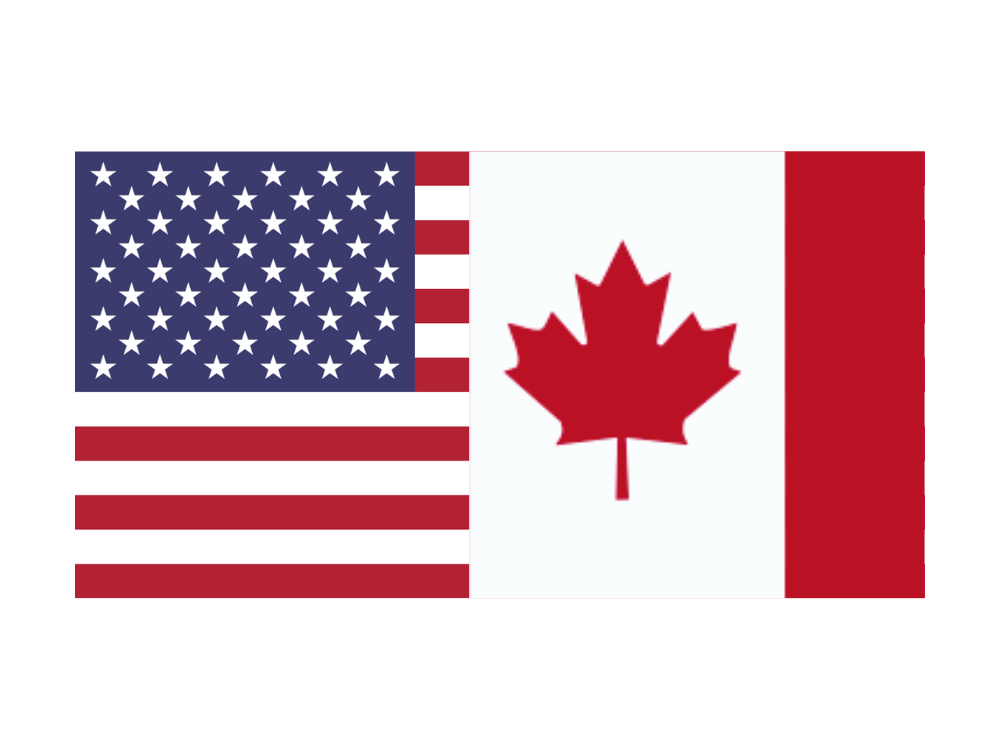2025.03.10
Understanding U.S. Customs Tariffs in 2025: Impacts and Solutions for Exporters

Introduction
In April 2025, the U.S. administration introduced a series of customs tariffs aimed at protecting American industry and reducing the trade deficit. These measures have significant repercussions for companies exporting to the United States. This article provides a detailed analysis of the new tariffs, their implications, and strategies businesses can adopt to mitigate their impact.
Context and justification of the new tariffs
Declaration of a national economic emergency
On April 2, 2025, President Trump declared a national economic emergency, invoking the International Emergency Economic Powers Act (IEEPA) of 1977. This declaration enabled the imposition of new tariffs to, according to the administration, protect the U.S. economy from unfair trade practices and persistent trade deficits.
Objectives announced by the administration
The stated objectives of these measures include reducing the trade deficit, protecting domestic industries, and promoting domestic production. However, these justifications reflect the administration’s viewpoint and have sparked debates internationally.
Details of the imposed tariffs
Universal base tariff of 10%
A base tariff of 10% has been applied to all imports into the United States, aiming to encourage domestic production.
International reactions and countermeasures
Reactions from trade partners
The tariff measures have triggered strong reactions from the United States’ trade partners. China, for example, has imposed tariffs of 34% on all American imports in retaliation.
Actions at the World Trade Organization (WTO)
Several countries, including Canada and China, have filed complaints with the WTO, challenging the legality of the new U.S. tariffs.
Economic and sectoral impacts
On American consumers and businesses
The tariffs have increased costs for U.S. companies dependent on imports, which could lead to higher prices for consumers. For example, tariffs on imported vehicles could result in a decrease of 2 million units in vehicle sales in the U.S. this year.
On financial markets
The tariff announcements have caused increased volatility in global financial markets, with significant drops in stock indexes in response to fears of a prolonged trade war.
Strategies for Canadian exporters
Using Section 321 for small shipments
Section 321 of U.S. customs law allows duty exemption for shipments valued at $800 USD or less. Canadian exporters can take advantage of this provision by splitting shipments when possible and compliant with regulations. However, it is important to note that recent proposals aim to restrict this exemption for certain products subject to specific tariffs.
Global Law Firm | DLA Piper
➡️ Important: This exemption is limited to $800 USD per day and per importer.
This means that if you split your shipments to stay below the $800 USD threshold, you must spread them over several days to comply with regulations.
👉 If an importer receives multiple packages in the same day, the total value will be combined, and if it exceeds $800 USD, the exemption is void.
Important note: This $800 USD cap applies per importer and per day, regardless of the number of suppliers worldwide. If the importer receives shipments from various international shippers, the combined total can exceed this limit without you knowing.
💡 Globex recommendation: Optimize your split shipments by planning shipment frequency to maximize the benefits of Section 321 while staying compliant with customs regulations.
Tax Identification (Tax ID) required for shipments over $800 USD
For shipments exceeding $800 USD, it is mandatory to provide a valid U.S. recipient Tax ID to facilitate customs clearance. It is essential to ensure that your customers have this information before shipping.
With the new U.S. customs regulations, the threshold requiring a formal customs entry has been lowered to $800 USD, down from the previous $2,500 USD.
➡️ Important: This specifically concerns shipments made via courier services (such as DHL, FedEx, UPS, etc.).
In practice, this means that any shipment valued at $800 USD or more must go through formal customs entry with U.S. customs.
One of the key requirements for this process is providing the recipient’s Tax ID or an equivalent tax identifier (like an EIN for businesses or an SSN for individuals).
❗ Without a Tax ID, the shipment will be held at customs.
💡 Globex recommendation:
- Always collect your U.S. clients’ Tax ID before shipping any order exceeding $800 USD.
- Integrate this verification step into your order process to avoid any customs delays or blockages.
Accurate product classification (HS Codes)
Accurate classification of products using the Harmonized System (HS) codes is crucial for determining applicable duty rates. For example, certain artworks may be subject to specific tariffs, and correct classification can help identify possible exclusions or reductions.
United States–Mexico–Canada Agreement (USMCA) and Merchandise Processing Fee (MPF)
The USMCA allows exporters to benefit from duty exemption if the goods meet the rules of origin.
➡️ Important: If the shipment is properly cleared under USMCA (free trade), the MPF (Merchandise Processing Fee) does not apply.
However, to benefit from this preferential treatment, strict conditions must be met:
- The U.S. recipient must have established a POA (Power of Attorney) with the carrier, for example DHL.
- This authorizes the carrier to act on their behalf to declare the shipment under free trade.
A bond fee is required, unless the importer already has an active continuous bond covering their shipments.
Without these elements, even if your product qualifies under USMCA, the process will be considered a standard entry, and fees like the MPF will apply.
💡 Globex recommendation:
- Check with your importing client to confirm they have an active continuous bond.
- Ensure the POA is properly established with the carrier before shipping, to guarantee smooth free trade customs clearance.
Essential resources to stay informed and anticipate changes
To stay informed about regulatory developments, here’s a list of official resources:
U.S. government
- CBP – Customs and Border Protection (Section 321 & Import Requirements) : E-commerce / Importing Personal Property
- USTR – United States Trade Representative (USMCA & Policy Updates)
- USITC – Harmonized Tariff Schedule (HTS) Code Finder
- Trade Expansion Act – Section 232 (National Security and Tariffs)
- IEEPA – Emergency Powers
Reputable international press
- Reuters – Latest news on Trump tariffs
- AP News – International reactions
- Reuters – Impact on financial markets
Conclusion: what to do for your shipments to the United States?
The U.S. administration’s new tariff measures are not just a macroeconomic issue: they have a direct and immediate impact on your profitability and shipping timelines.
Here’s your operational checklist:
✅ Systematically assess if your products qualify for USMCA to reduce or eliminate customs duties.
✅ Optimize your shipments through Section 321 for orders under $800 USD.
✅ Verify and collect your U.S. recipients’ Tax IDs for all shipments over $800 USD.
✅ Ensure correct product classification (HS codes) to avoid costly mistakes.
✅ Regularly consult official resources to stay ahead of any changes.
✅ Partner with international logistics experts, like Globex Worldwide Courier, to secure your supply chain and prevent unpleasant surprises.
🚀 Globex Worldwide Courier is here to help you navigate these new customs complexities and ensure your shipments reach their destination smoothly.
Explore all our customs resources here
"*" indicates required fields


